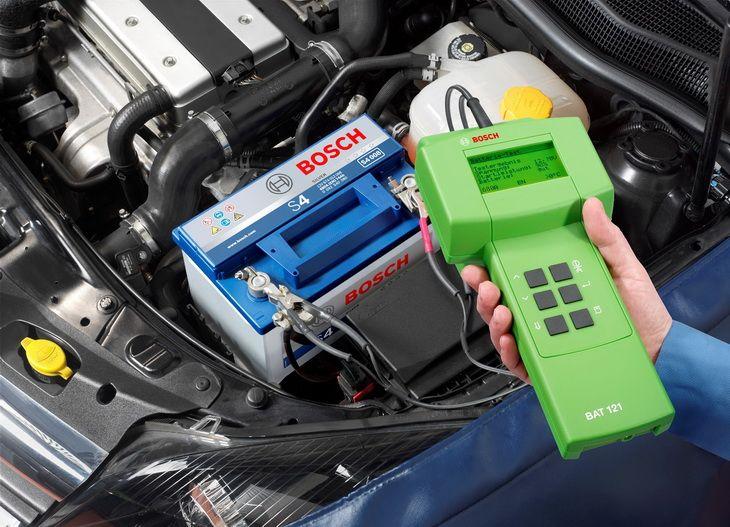
The machine loses its charge. What could be the reason?
 Practice shows that if the battery indicator lights up on our dashboard, then, as a rule, the generator has failed. What exactly breaks in this element and how to effectively remove the defect?
Practice shows that if the battery indicator lights up on our dashboard, then, as a rule, the generator has failed. What exactly breaks in this element and how to effectively remove the defect?
Today's petrol and diesel vehicles require more electricity due to their increasing complexity. Gone are the days when, in the event of a failure of the charging system, it was enough to start the car “sensibly”, not to use the headlights and wipers, and, if you were lucky, you could drive to the other end. Poland without recharging. So it's a pretty annoying glitch these days. If this happens to us, it's worth knowing what the most common reasons for this are, so that we can talk to the mechanic more easily and so we know what to ask during the repair.
In most cases, the failure of the charging system is associated with the failure of the generator. Let us clarify that an alternator is an alternator whose task is to convert mechanical energy into electrical energy. In vehicles, it is responsible for powering all electrical equipment and recharging the battery. The life of a generator depends on many factors. The most common causes of charging system failure are:
Broken belt
Very often, the control lamp lights up just because of a broken belt connecting the generator to the crankshaft. If it breaks, first of all determine the cause of this breakdown. If the problem is only the belt itself, which was too old or, for example, damaged due to improper assembly, usually replacing the belt with a new one is enough to fix the problem. However, a broken belt can also lead to blocking of one of the elements of the system or mechanical damage - for example, one of the rollers, which will then cut the belt with a sharp edge. Further, the matter becomes more complicated, because it is necessary to establish and eliminate the cause of the belt break.
The editors recommend:
Will I have to take a driving test every year?
The best routes for motorcyclists in Poland
Should I buy a used Skoda Octavia II?
Burnt regulator and damage to the diode plate
The voltage regulator in the generator is used to maintain a constant voltage regardless of changes in engine speed. Defects in this element are most often caused by assembly errors - often during factory assembly. This is an incorrect connection of the battery cables. A sudden short circuit can damage the regulator and burn out the diodes of the rectifier responsible for recharging the battery.
See also: Testing the Suzuki SX4 S-Cross
We recommend: What does Volkswagen up! offer?
the regulator burned out.
If only the controller is damaged, and the diode plate remains intact, then flooding is most likely the cause of the breakdown. Water, oil or other working fluid flowing from the nozzles under the hood of the car could get into the regulator. In this case, it is important to identify the source of the leak in order to prevent a similar accident in the future.
Burnt out stator
The winding stator is the part of the alternator that generates electricity. The cause of the stator burnout is overload and overheating of the generator. Excessive load can be caused by many reasons - intensive use of vehicle components (for example, air supply), poor battery condition, the need for constant recharging from the generator, or operational wear of the generator components. The consequence of the stator overheating is the destruction of the insulation and a short circuit to the ground.
broken rotor
The stator current is created by the work of the rotor, which creates a magnetic field. The rotor receives mechanical energy from the crankshaft. Its defect is most often associated with the operational wear of the switch, i.e. element responsible for the flow of current. Assembly errors can also be the cause of the defect, for example, too weak soldering between the rotor and the collector.
Bearing or pulley wear
The generator can also fail due to purely operational wear of its parts. The reason for premature wear of bearings is most often the poor quality of the materials used. Any external contamination in the form of liquids or solids can also have an effect. The alternator pulley wears out over time. A particularly negative sign is its uneven wear, caused, for example, by a warped V-ribbed belt (heavily worn or incorrectly installed). The reason for the destruction of the wheel can also be a faulty belt tensioning system in the car and incorrectly installed mating elements.
